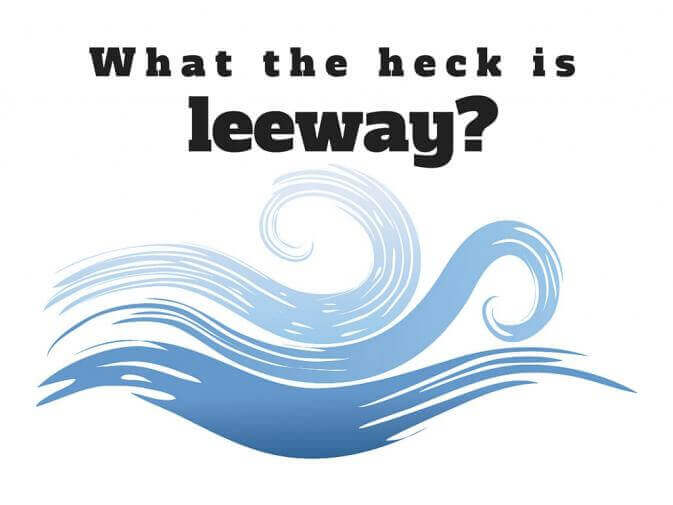What Does ‘Leeway’ Mean?

Have you ever given people leeway? That is, given them the flexibility to do something the way they want to do it?
If you have, you’ve used a nautical term that dates from the 1600s.
Leeway refers to the way a sailing vessel can drift sideways even while it’s moving forward.
Picture this: A ship is sailing north. The wind is blowing southeast. The ship can tack back and forth into the wind and still manage to travel north. However, the ship will also drift leeward to the east.
This tendency to drift in the direction of the wind is called leeway.
If you drift leeward into a lee shore, or the shore the wind is blowing toward, you can crash.
Over time, this literal expression took on a figurative meaning. Leeway came to describe the amount of freedom you have to do something before you…well, crash. For example, if you’re given a lot of leeway at a piano recital, you could play jazz, R&B, or classical. If you’re given no leeway, you’ll be told exactly what to play.
The first known reference to leeway is in a book called The Mariner’s Magazine, published in 1669. The author writes of giving “allowance to your Course according to the Lee-way you have made.”
Fast-forward to 1969, when Patrick O’Brian writes Master and Commander, the first book in his beloved Aubrey–Maturin series.
O’Brian uses leeway in both the literal and figurative sense.
He describes naval surgeon Stephen Maturin as having “great leeway to make up in the matter of victuals.” In other words, he gets to eat a lot of whatever he wants.
Later, a young sailor explains the literal meaning of leeway to Maturin. He describes “the nature of leeway, the loss of windward distance…the impossibility of tacking in a very great wind…the inevitability of leeward drift…and the impervious horror of this situation.”
Surely we all want to avoid “impervious horror.” Let’s hope we’re given lots of leeway in sailing—and in life.
And that was your tidbit: Leeway comes from sailing and in everyday life describes the amount of flexibility you have to do something the way you want.
Samantha Enslen runs Dragonfly Editorial. You can find her at dragonflyeditorial.com or @DragonflyEdit.
Sources
Ayto, John. Leeway. Oxford Dictionary of English Idioms, 3rd ed. Oxford University Press, 2010.
Oxford English Dictionary, online edition. Oxford University Press. https://bit.ly/1fXxE5b (subscription required, accessed September 3, 2015).
Image courtesy of Shutterstock.

